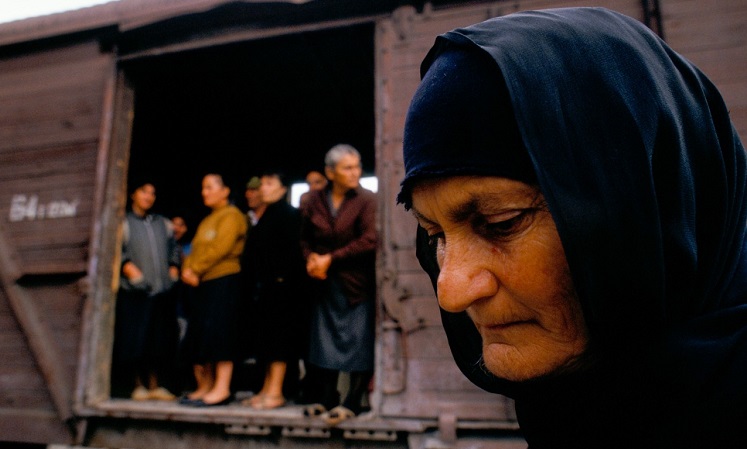World Refugee Day: United States continues to stand with Georgia

Members of one of the Georgian families internally displaced from Russia-occupied Tskhinvali (South Ossetia) region. Photo: Nino Alavidze/agenda.ge.
The Embassy of the United States to Georgia released a statement for World Refugee Day and highlighted it ‘continues to stand with Georgia in support of its Internally Displaced People.’
Currently, there are 273,411 IDPs in Georgia as a result of local conflicts in Abkhazia and Tskhinvali (South Ossetia) regions, which still remain occupied by Russia.
The number is 6% of the entire population of the country.
In a Facebook post released today, the US Embassy to Georgia says the United States supports IDPs of Georgia ‘to help heal their scars and ease their pain.’
We remain steadfast in our support for Georgia's sovereignty and territorial integrity!” the post concludes.
Georgian Reconciliatioin Minister Ketevan Tsikhelashvili has also responded to the World Refugee Day and promised all Georgian IPDs that Georgia will continue fighting until the barbed wires along the occupation line are de-installed.
She said the Georgian IDPs are unable to return their homes due to Russia's policy.
Georgian Public Defender Nino Lomjaria held a meeting on legal status of refugees and aliens in Georgia on June 19, stating that the number of asylum seekers has increased in Georgia over the last few years likewise in the whole world.
 Georgians are leaving on the last train from Ochamchire, Abkhazia. Photo: Mike Goldwater.
Georgians are leaving on the last train from Ochamchire, Abkhazia. Photo: Mike Goldwater.
Lomjaria also said that per 2018 data, 1,382 refugees and persons with humanitarian status live in Georgia. Most of them are citizens of Russia, Iraq, Ukraine and Syria.
Charitable foundation Caritas Georgia has also posted on twitter that it supports Georgia’s sovereignty and territorial integrity.
The World Refugee Day has been marked annually on June 20 since December 4, 2000 per the decision of the UN General Assembly.
The day is focused on raising public awareness of the IDPs condition and problems across the world.
The yearly Global Trends report found that 70.8 million children, women and men were forcibly displaced at the close of 2018. It says this is the highest number in the organisations' almost 70-year history being twice as many people as 20 years ago.
 Tweet
Tweet  Share
Share